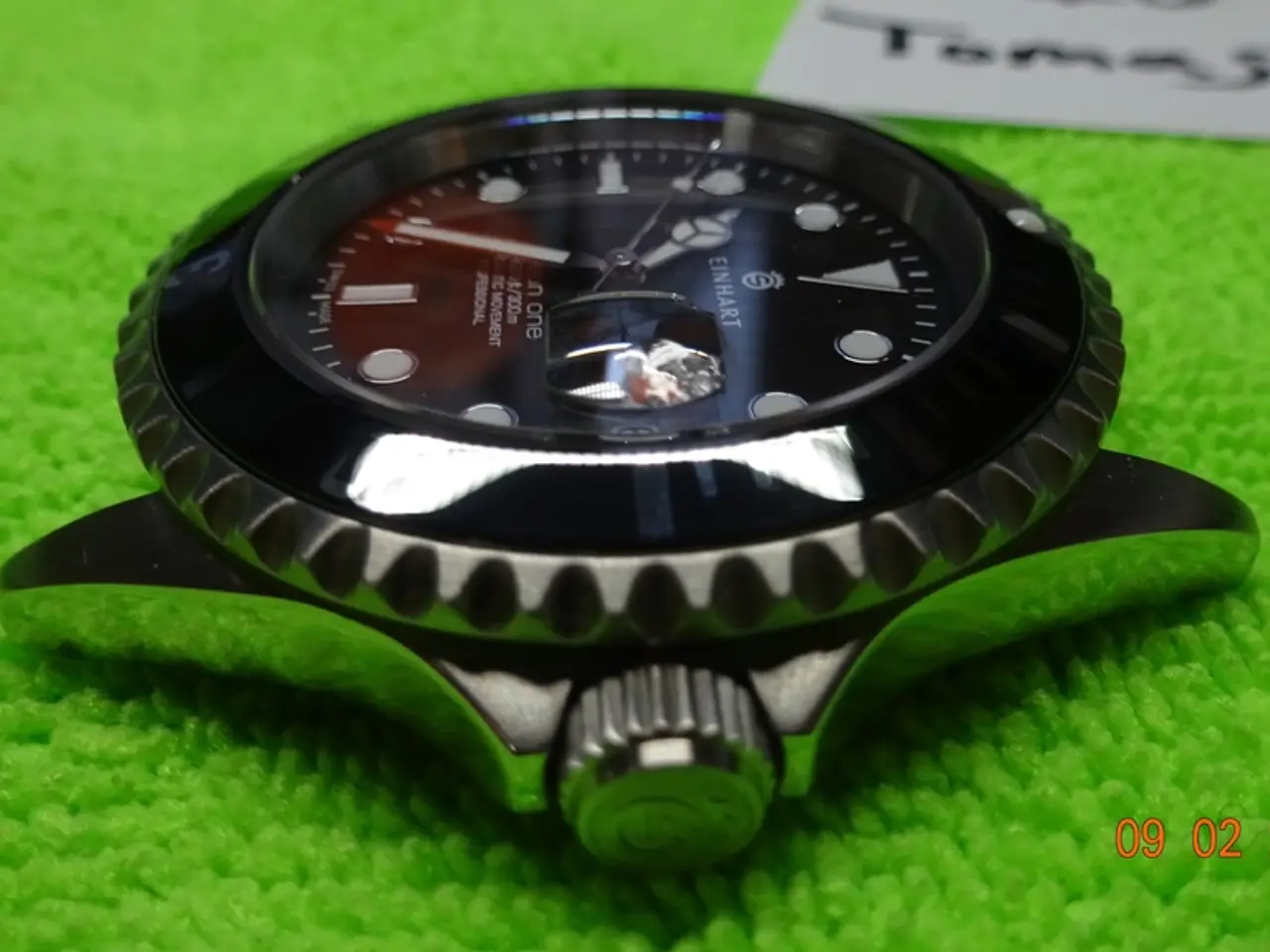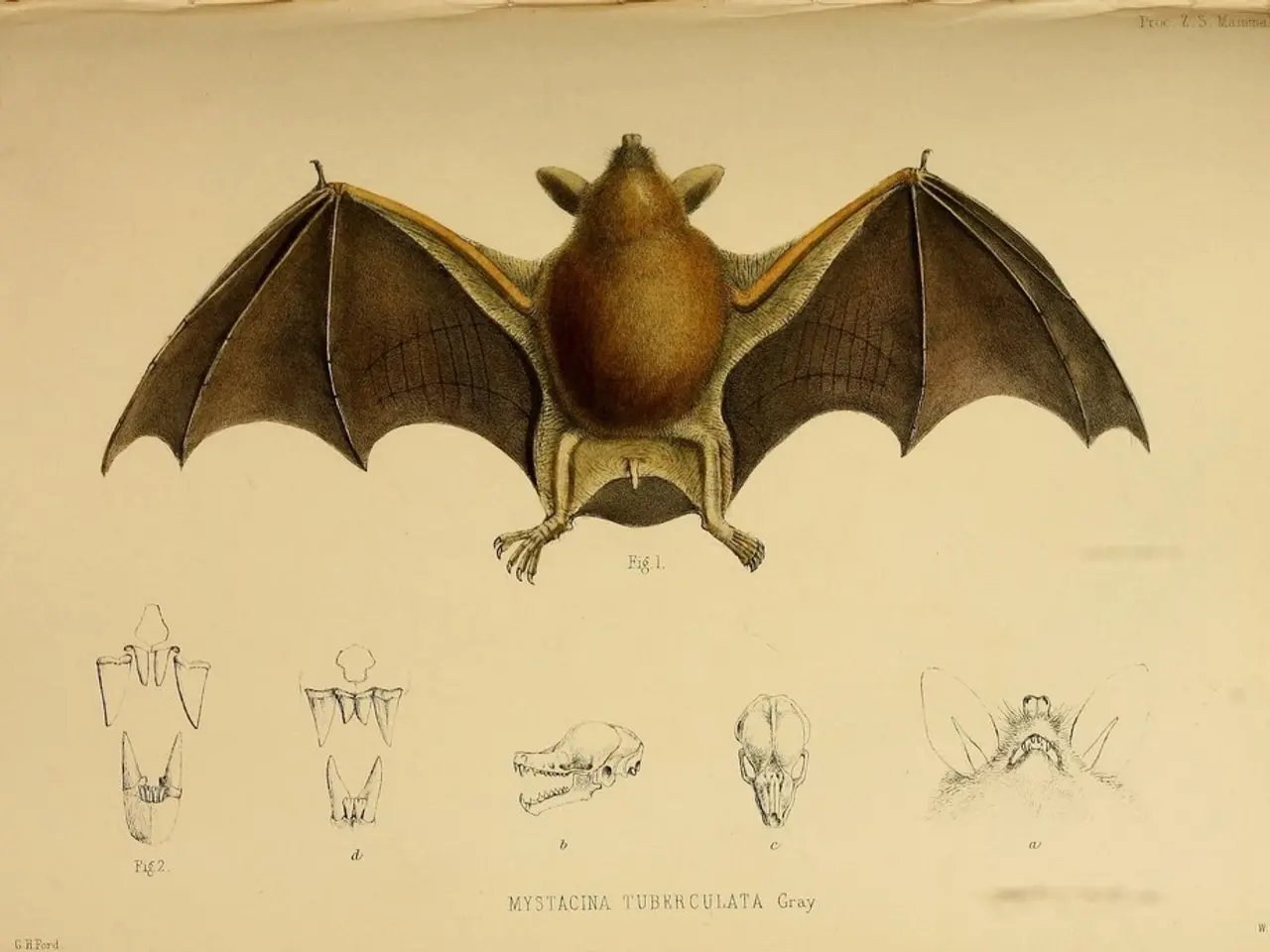Top 10 Commonly Employed Eye-Tracking Measures and Their Definitions
In the realm of eye-tracking research, a suite of essential metrics serves to illuminate the intricate dance of visual attention and cognitive processing. These metrics, widely utilised in both laboratory and applied settings, offer valuable insights into how individuals engage with their surroundings.
- Fixation Duration
This metric measures the length of time (usually in milliseconds) that the eye remains fixated on a specific location or object. It serves as an indicator of cognitive processing and interest in the visual stimulus.
- Fixation Count
The total number of fixations within a specific Area of Interest (AOI) or the entire visual scene, this metric shows how often attention is directed to certain elements.
- Saccade
Saccades, the rapid movements of the eye between fixations, are fundamental to understanding eye movement behaviour. Metrics related to saccades include saccade amplitude (distance moved) and saccade velocity.
- Scanpath
The sequence and pattern of fixations and saccades that describe the path the eyes follow while viewing a stimulus, a scanpath analysis offers insights into the strategy of visual exploration.
- Gaze Point
The specific coordinates where the eyes are directed at any moment, gaze points are often represented in screen or scene coordinates.
- Pupil Dilation
Changes in pupil size can reflect cognitive load, emotional arousal, or interest, providing an indirect measure of these states.
- Time to First Fixation (TTFF)
The time elapsed from stimulus onset to the first fixation on a particular AOI, TTFF measures the speed of attention deployment.
- Heatmaps
A visual representation of aggregated fixation data, heatmaps show areas of higher and lower gaze concentration, offering a comprehensive view of attention distribution.
- Areas of Interest (AOI) Dwell Time
The sum of fixation durations within predefined AOIs, AOI dwell time indicates attention allocation within those regions.
- Blink Rate
The frequency of blinks during the task, blink rate can indicate fatigue or cognitive state.
These metrics are foundational to understanding eye movement behaviour and are widely reported in research. Heatmaps and dwell time on AOIs, for instance, are popular in applied fields such as marketing and usability testing. Time to first fixation is commonly used to assess how quickly salient features capture attention.
While newer deep learning approaches in eye-tracking focus on prediction accuracy of gaze behavior, these fundamental metrics remain standard for describing eye-tracking data and interpreting visual attention patterns in research. Average Fixation Duration indicates how long the average fixation lasted, calculated for individuals or groups. Dwell time is the amount of time a participant spends looking at a specific AOI.
In conclusion, these eye-tracking metrics provide a powerful toolkit for researchers and practitioners, offering a window into the complex world of visual attention and user interaction.
- [Fixation Duration] and [Eye tracking technology] together can help researchers understand how long an individual takes to process a visual stimulus and the level of interest they show towards it.
- [Heatmaps] generated by eye-tracking technology provide a visual representation of the distribution of visual attention, indicating where individuals spend more time looking in a visual scene.




